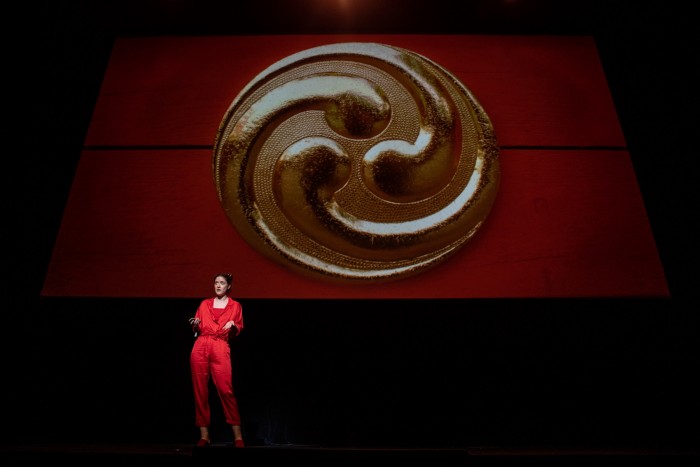Freyja Sewell began her talk at this year’s Design Indaba conference by asking the audience members to take a moment to close their eyes and to breathe in deeply for a few seconds.
She is a designer who is fascinated with creating for our minds and for our mental spaces. One of her earlier designs, called the Hush chair, was made to help people obtain some sort of privacy in a world that is so densely populated and increasingly connected.
According to Sewell despite huge technological advances and incremental improvements to our lives, “Subjective well-being in the West has not significantly increased since the 1950s”.
“Depression is set to become one of the largest global disease burdens by 2030. We’re seeing children as young as 8 suffering from stress and anxiety due to constant exposure to social media,” says Sewell
However, Sewell encourages us not to panic. “Technology has driven a much deeper understanding of the mechanics of our minds. We now understand much better how the tens of thousands of synaptic connections form a web which is ever-changing and plastic and malleable throughout our lives depending on what we choose to do with it,” she explains.
Having spent 2 years studying in Japan and practicing various forms of meditation, Sewell discovered the neurological benefits one is able to attain through meditation. With this new found knowledge, Sewell wanted to help others facilitate meditation in their own lives, which led to the development of her project Mind Mirror.
Working together with Judson Brewer, author of The Craving Mind and his team at the University Of Maryland, they developed a system comprised of two core elements.
The first part is made up of a neural lace. The neural lace comprises of 32 sensors that cross the back of the cranium. These sensors monitor activity in the post cingulate cortex.
According to Sewell, this is the part of the brain that Brewer and his team have found to become significantly quiet during the positive meditative state known as flow state.
“So you meditate, you wear this, as you move into the meditative state that’s fed back to you using a biofeedback,” says Sewell.
Speaking about the timeline for her project, she says: “This is a design, I hope, for a not too distant future, where this kind of cognitive training has become a ubiquitous part of the mental and physical wellbeing process.”
Adding, “I feel really lucky to be working as a designer right now when there’s such powerful new tools becoming available and I think if we ethically use things like big data or work with neuroscientists we have a real opportunity to finally create design that makes people feel better every day and together help sculpt the kind of empathetic, optimistic, non-science fiction future that I know we all want to be a part of.”
Watch more:
Ida is a non-invasive, painless way to test blood/glucose levels
Adebayo Oke-Lawal is rethinking masculinity in African culture









